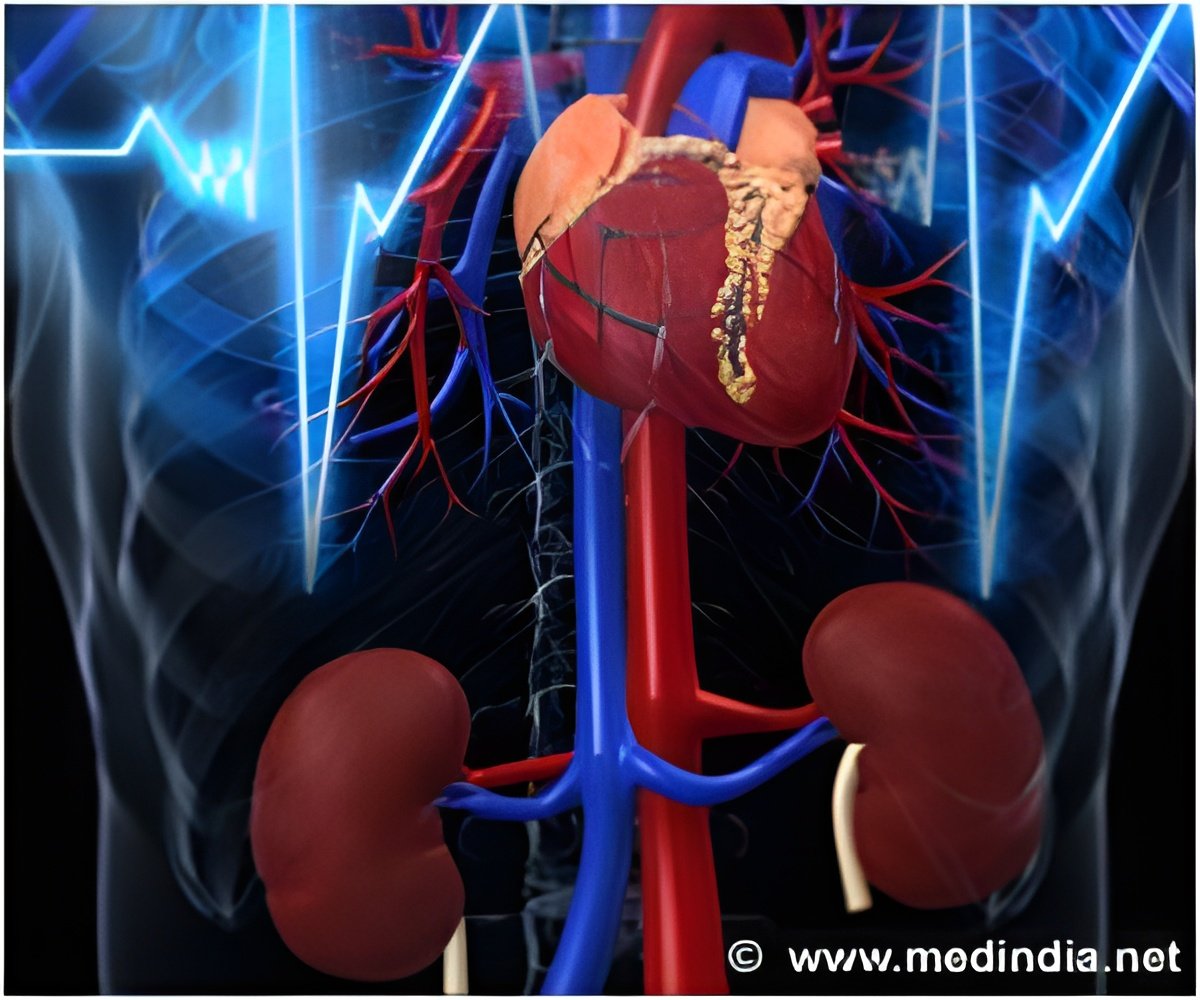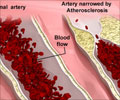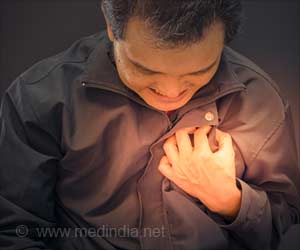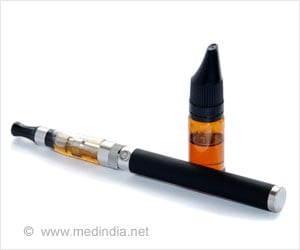
Currently, individuals at high risk for cardiovascular events are identified through risk stratification tools based on conventional risk factors, such as age, gender, blood pressure, cholestorol levels, diabetes, smoking status or other factors thought to be related to heart disease. However, a substantial number of cardiovascular events occur in individuals with no conventional risk factors, or in patients with undetected or underdiagnosed risk factors.
"Extensive literature has clearly documented the uncertainty of prediction models based on conventional risk factors," Dr. Jairam said. "With this study, we address to some extent, the need for a shift in cardiovascular risk assessment from conventional risk factors to direct measures of subclinical atherosclerosis."
Through the use of chest CT, radiologists are routinely confronted with findings that are unsuspected or unrelated to the CT indication, known as incidental findings. Incidental findings indicating early signs of atherosclerosis are quite common and could play a role in a population-based screening approach to identify individuals at high risk for cardiovascular events. However, there is currently no guidance on how to weigh these findings in routine practice.
Dr. Jairam and colleagues set out to develop and validate an imaging-based prediction model to more accurately assess the contribution of incidental findings on chest CT in detecting patients at high risk for cardiovascular disease.
The retrospective study looked at follow-up data from 10,410 patients who underwent diagnostic chest CT for non-cardiovascular indications. During a mean follow-up period of 3.7 years, 1,148 cardiovascular events occurred among these patients.
Advertisement
The results showed that radiologic information may complement standard clinical strategies in cardiovascular risk screening and may improve diagnosis and treatment in eligible patients.
Advertisement
Dr. Jairam cautions that a prospective, multicenter trial is needed to validate the impact of these findings.
Source-Eurekalert











